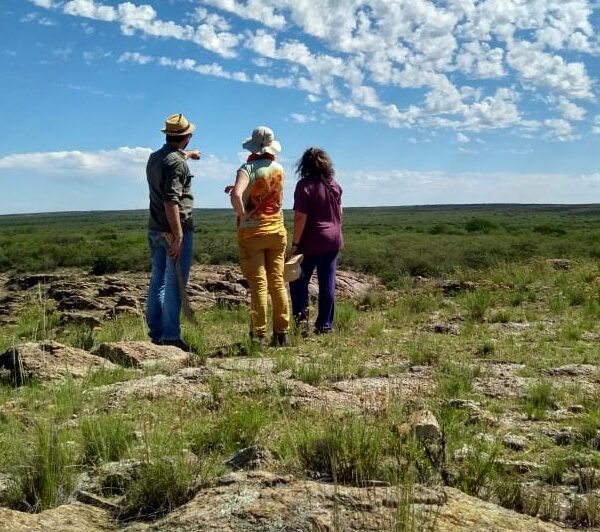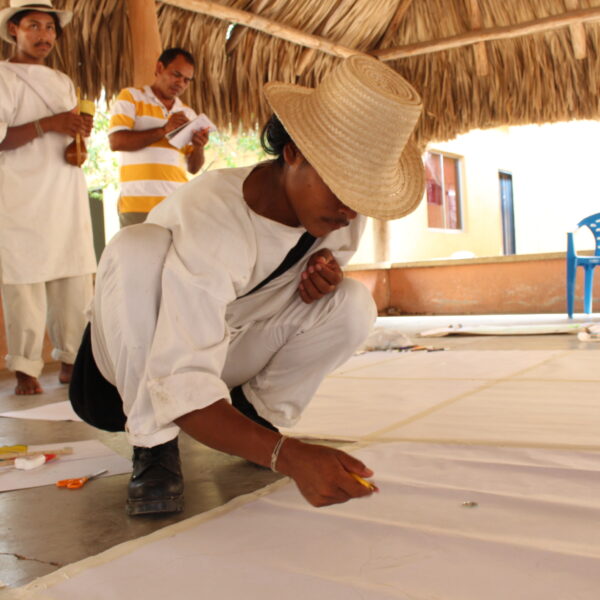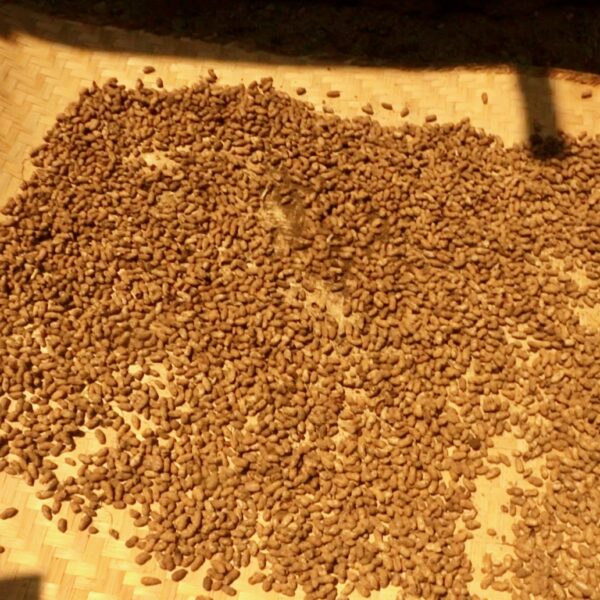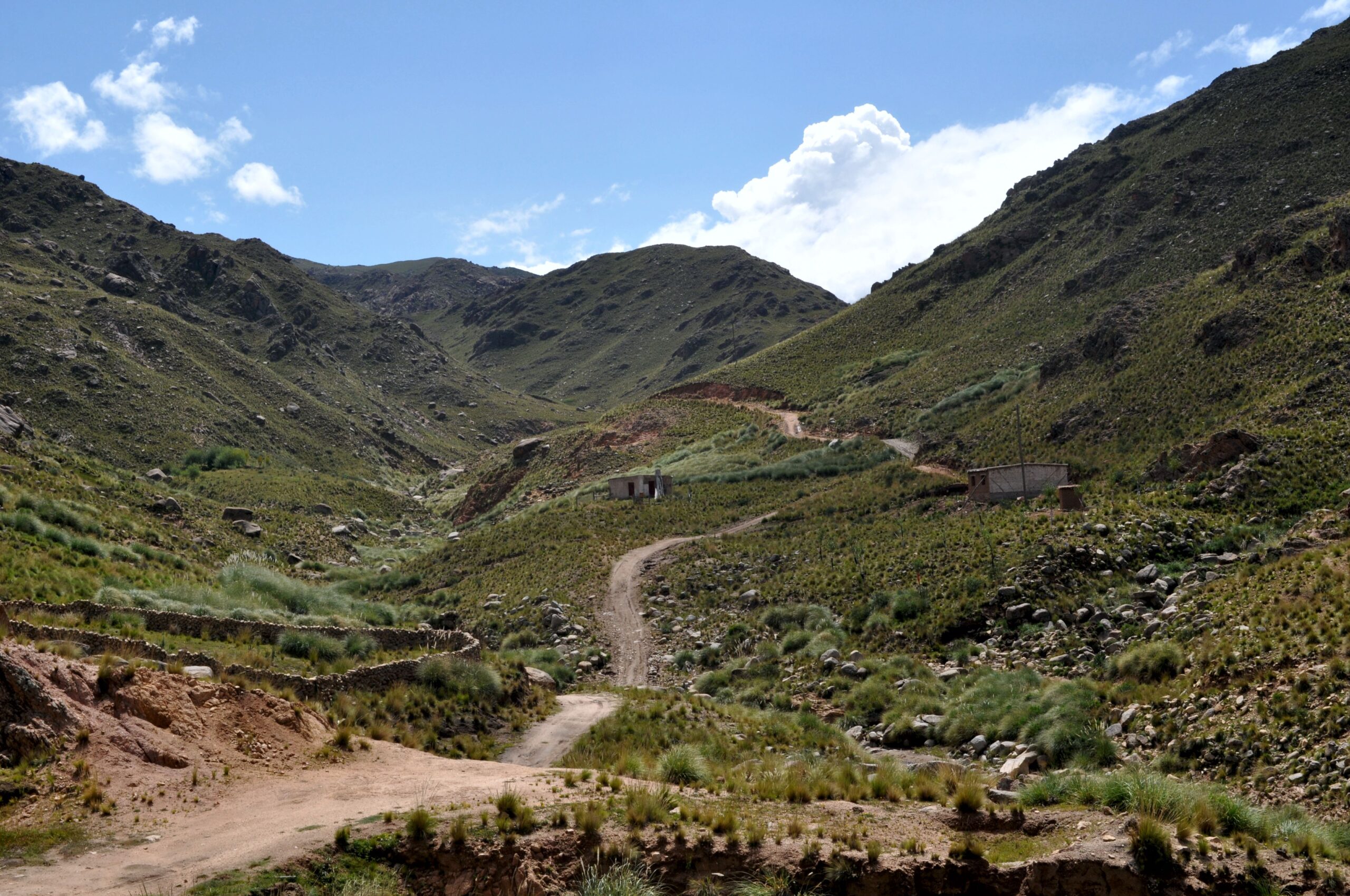
This valley, situated at 2300 meters above sea level, is the last valley before climbing the Andean puna. It has places and settlements a fair distance from the road, where people work the land, own and breed goats and sheep. There are groups of houses at the bottom of the valley as well as isolated points on the slopes of the mountain.
The museum is located in the most ¨urban¨ point of the valley, known as Barranca Larga, with a population of about 500 people. The rest of the population, approximately 60 families, are distributed in the hills or in remote areas.
In addition to Barranca Larga, there are two other valleys where around 150 families live: Rodeo Gerván and Los Morteritos / Las Cuevas, whose inhabitants, from the Diaguita- Calchaqui ethnic group, have kinship and solidarity ties with the population of Barranca Larga.
From a museological perspective, we attempt to present the Andean world-view through the development of ancestral social and identity elements, as well as by looking at local forms of adaptation to the environment and of cultural production and construction. For this reason, we have produced a ‘costumbrista’ type of exhibition, a traveling exhibition, a community library, a radio station and a community “yuyeria” (traditional herbalist).
These spaces of cultural exchange have been essential to the rural indigenous and peasant areas, where the population is widely scattered. Our project seeks to reverse the center-focused approach of urban institutions by carrying the museum through the dispersed landscape and allowing the inclusion of community feedback with their own stories, ways of understanding the world, games, songs, etc.
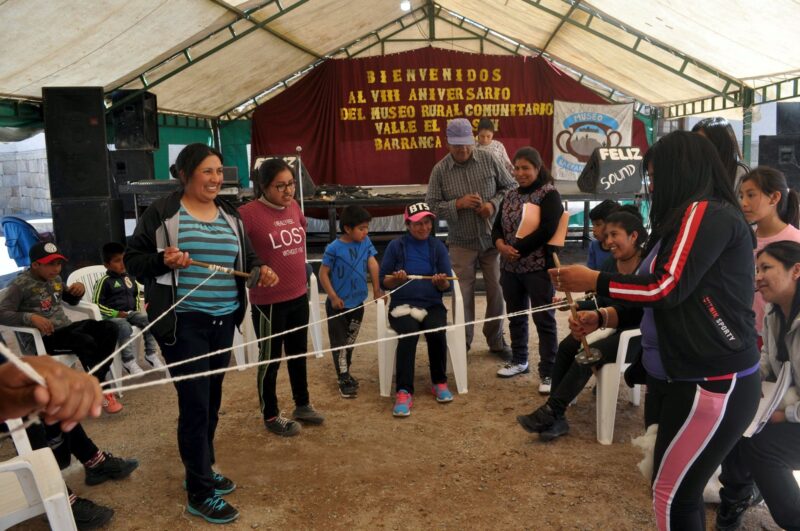
Each project in this space is the result of the interaction between the scientific and the local communities through a dialogue of knowledge, hoping to prevent social fragmentation, the devaluation of artisan work, and the migration to the cities of the youngest members.
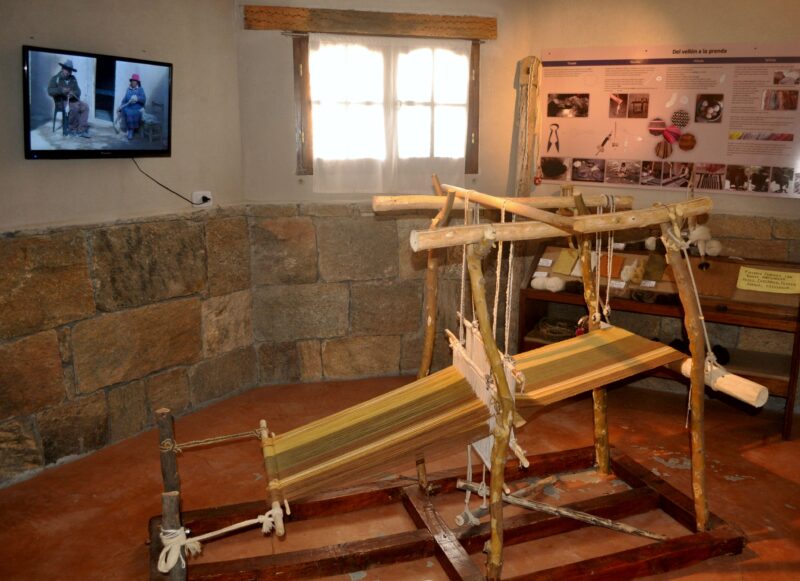
Main exhibition
Three main themes were chosen by the people to be displayed at the museum: one room is dedicated to textiles, dyes and ways of weaving, and the other rooms are dedicated to food and houses and their construction methods throughout history.
Here, the community has built a traditional loom just like the ones used by families in their patios so that visitors can learn about the artisanal process of weaving, including spinning, the production of natural dyes and the making of woven blankets called “puyos”.
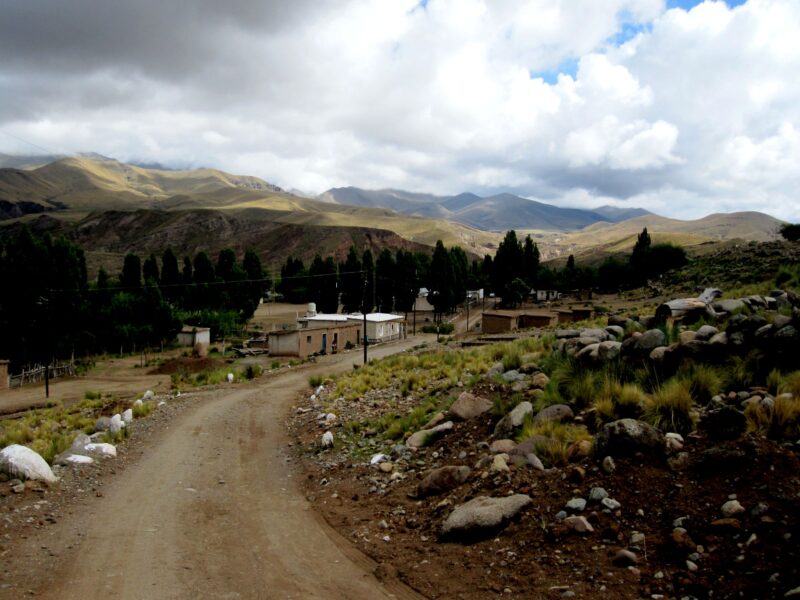
Traveling museum
Just like during the local festivities when the statues of saints go through town and visit each family and institutions willing to receive them, staying for a while in each place, we have built a traveling museum that goes from village to village and is housed in community classrooms or houses, bringing the Rural Community Museum experience to those in the most remote areas.
The traveling exhibition consists on illustrative panels, photogrammetry images in augmented reality scenes and educational game bags. Each visit is accompanied by talks with local cultural delegates (and eventually researchers) to promote the exchange of ideas and experiences. The traveling Museum’s changing locations are given through the community radio and feedback is expected between both museum and radio, so that the radio can be nurtured by the new stories, verses, tales and wisdom that the inhabitants residing further away from the Barranca Larga center can provide.
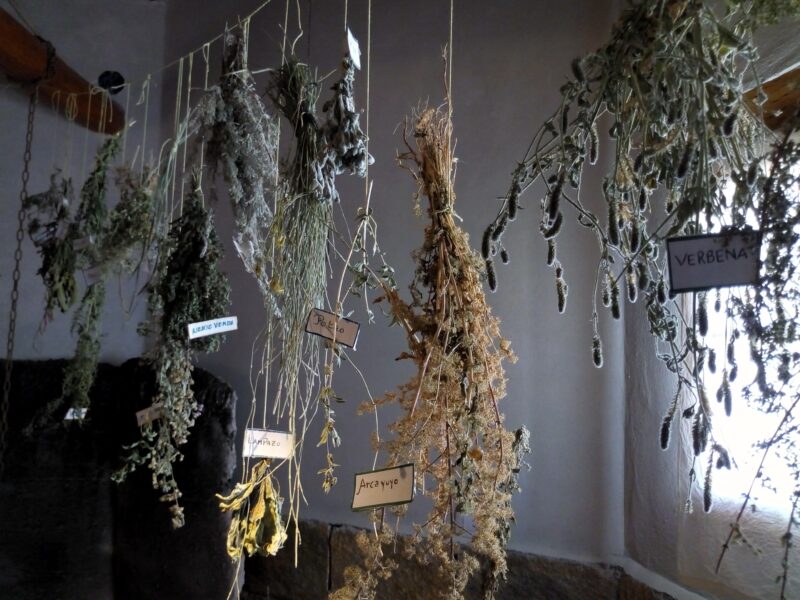
The Yuyería
The Yuyería “conocimiento ancestral” (ancestral knowledge) is one of the museum’s latest projects. A group of neighbors interested in revitalizing their grandparents’ knowledge about medicinal plants and herbs has been gathering since 2018. They carry out the responsible harvesting of plants in different locations of the hills. Also, they meet with their grandparents to talk about the plant’s properties, and to elaborate products such as ointments, liqueurs and creams, among others.
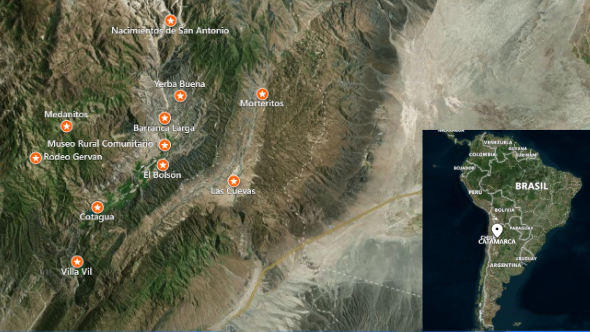
Community radio
From the radio frequency 89.9 and 50 W power, the museum operates and manages the Community FM radio “Ecos del Chango Real”, named by the population in honour of the great mountain range that frames the valley’s landscape. This is a participatory space that is produced day by day, focusing on the delivery of pre-recorded programmes made by all sorts of people including school children, museum delegates or anyone who needs to communicate messages to the community. Different programs such as a radio drama, “Historias de los abuelos” (grandparents’ tales), a newscast, Latin American music, sports news, among others, are broadcast weekly.
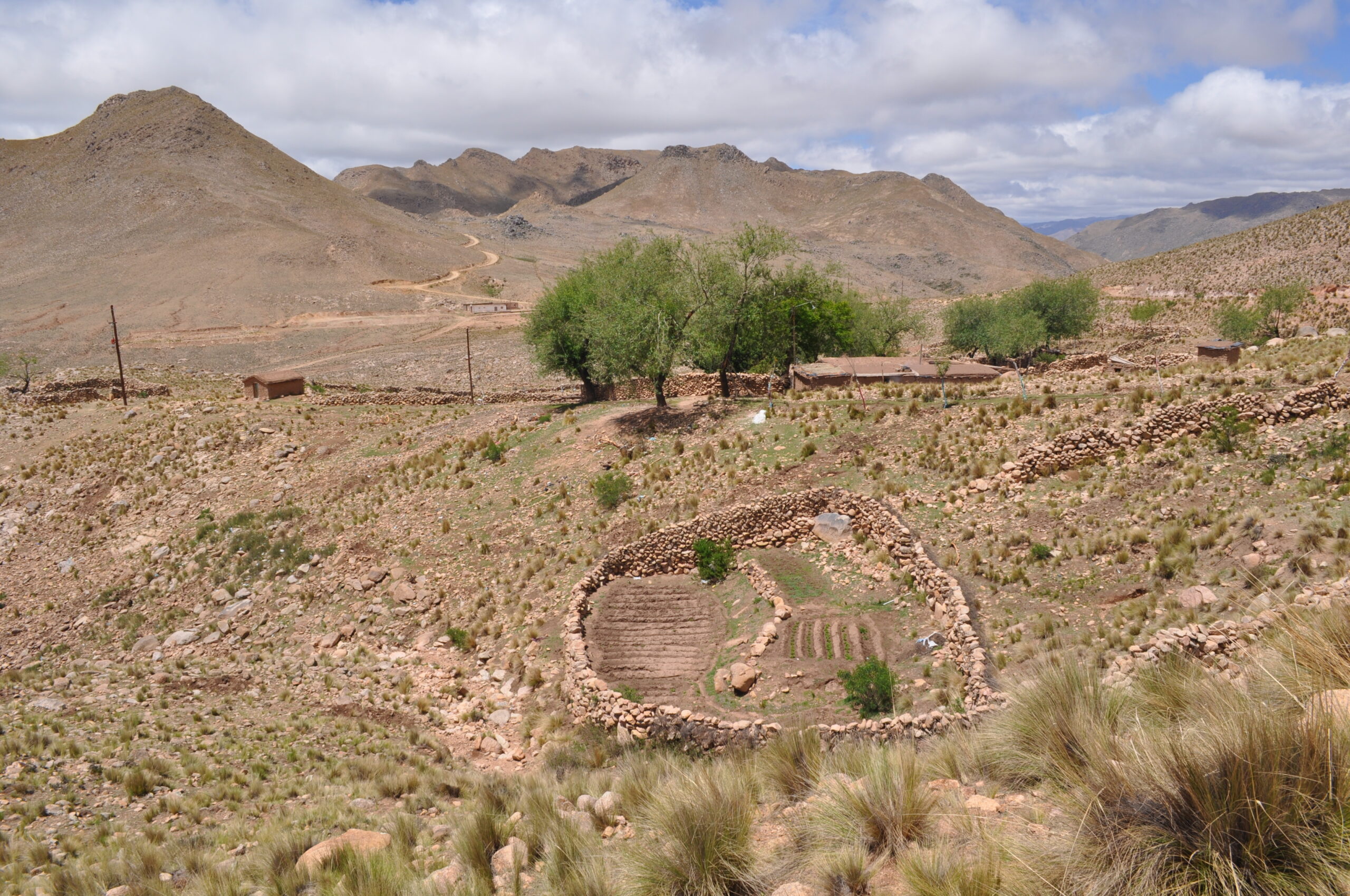
The schedule of activities carried out by the cultural delegates of the Museum, together with the university team, have advanced the revitalization of the local culture, in addition to strengthening the social memory. All the projects linked to the Museum strengthen the community fabric through an open and fluid communication that respects ancestral knowledge.
